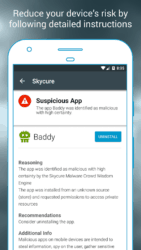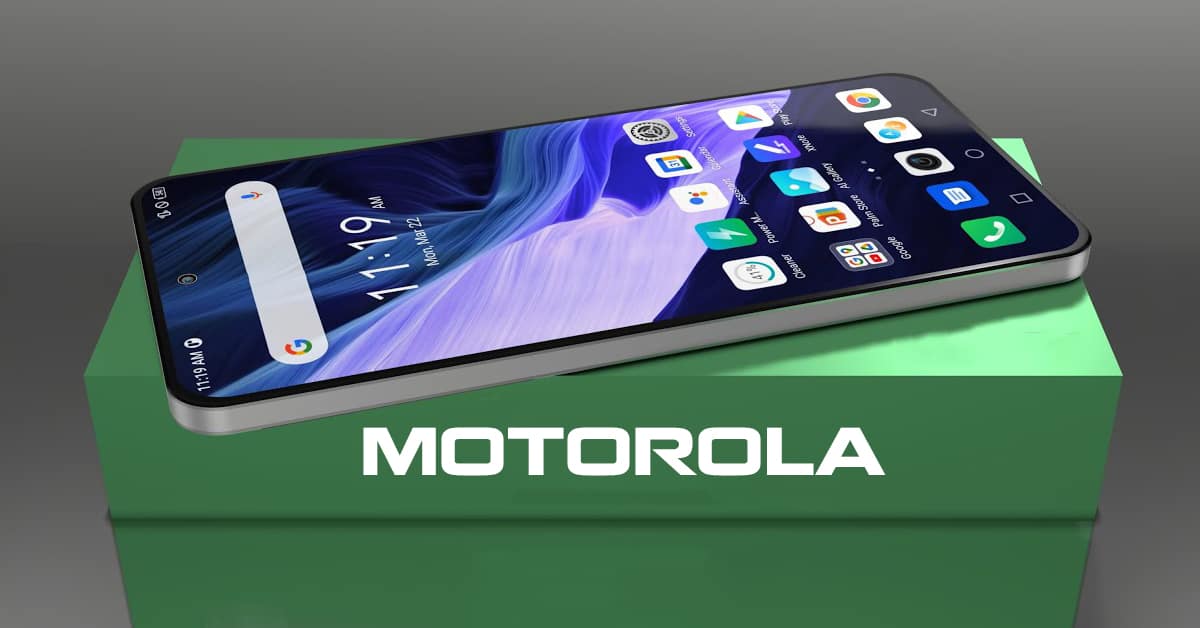5 best practices to protect Android smartphones…
Nowadays, smartphones and tablets are replacing laptops because they are, in fact, handheld computers. But same as with conventional computers, these handheld devices are also vulnerable to cyber attacks. Today, we bring you five best ways to protect Android smartphones.

1. Use a passcode
This advice is the most popular and at the same time the most ignored. Most people get rid of their passcode after a while for convenience sake. Sometimes, you can miss a once in a lifetime opportunity to record a news worthy event before it even appears in the newspaper. All thanks to a passcode stopping you from reaching the camera app.
But is it worth it? When you lose your device, someone out there who, be it accidentally or intentionally, have your device get access to everything in it. That includes your bank account if you buy something from the app store. So put some protection on your devices. Because some likes on social media aren’t worth your savings in the bank.
2. Know your app (or where you download it from)
Sometimes you can find interesting apps for your device while surfing the internet. Most apps require some level of access to your device to function. However, if the app doesn’t appear on a trusted app store like Google Play, it is likely to be a hacker’s bait to get access to your device. So always get your apps from a trust-worthy source and be mindful when giving out permission on your phone.

3. Be vigilant
Talking about baits, be extra careful what you click on a website. It may look fancy and funny, but the reality is usually dark and full of terror. Early 2017, the ransomware “Wannacry” had caused a global panic by whipping the affected device clean if the user doesn’t send the money to the hackers. The ransomware spread via a link. So never click on a link before you know it is safe and never click any links from strangers, especially on social medias.

4. Setup remote wipe and back up your data
While it is imperative to prevent your device from being stolen, it is equally important to minimize the aftermath. Free services like Android device manager allows you to lock your device remotely, wipe it clean of data or even track it through GPS. You will need to set it up first though, but it is definitely worth your time.

5. Consider anti-virus program.
None of us have the time and calories to be extra careful 24/7 on our devices. We bought it partly because of the entertainment value it brings and being paranoid is just self-defeating. It is a lot easier to just let a third party app the heavy lifting for you. It’s not like you can find and root out the harmful software every time anyway. So if you have enough RAM, getting an anti-virus program couldn’t hurt.

5 Best practices to protect Android smartphones
Even when the title said best practices to protect Android smartphones, our tips also work for tablets as long as they run an Android Operating system.






